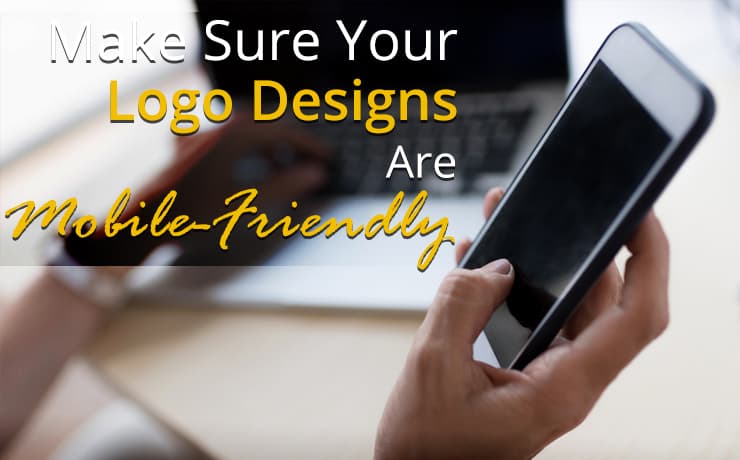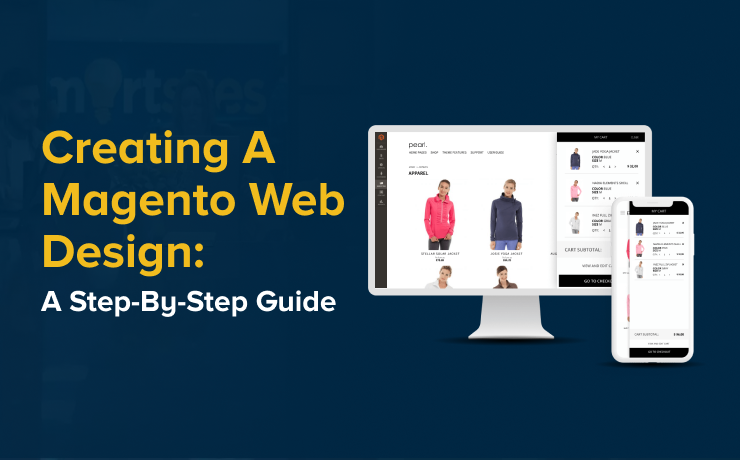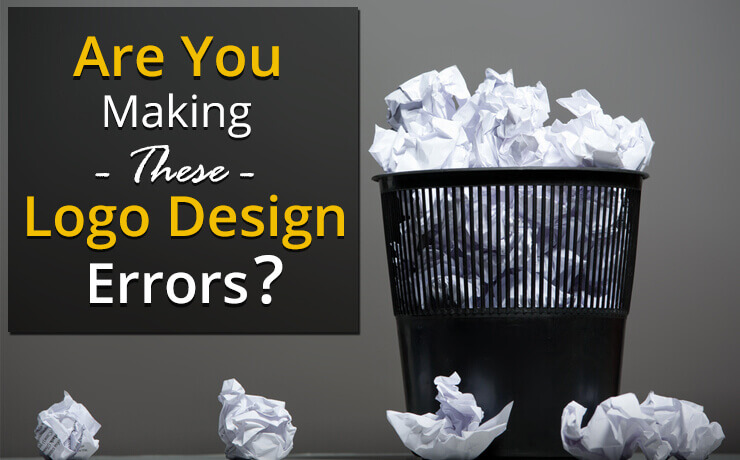Make Sure Your Logo Designs Are Mobile-Friendly

Chad Faith
Director of Content

Before digital technologies became widespread, logos were designed with simplicity in mind. They were easy to replicate and were applied consistently across every available channel. Today, the game has changed; brands now interact in real time with customers across multiple platforms, including digital publications, video platforms, messaging apps, websites, and more. In addition, these touch-points have their own unique standards, which increase the challenge of replicating and applying a static logo. With that in mind, how should one design mobile-friendly logo designs and ensure that they help strengthen the brand’s identity while staying flexible, open, and nimble? Read on to find out more!
Take Cultural and Geopolitical Sensitivities into Consideration
Brands are now accessible on a global scale. Symbolisms that are featured on a logo design should not cross the fine lines of geopolitical and cultural sensitivities. Although your brand may not be in a specific market today, it can be there the next week.
Logo Should Look Great On Any Scale
A great logo design is compelling, clear, and distinctive. Whether your logo will be seen on a smartwatch or the screen of a phone, your design should have the ability to convey the most important messages for the brand. A cluttered design can send mixed messages and those cannot be easily translated across different-sized outputs.
Optimize Logo for Mobile Devices
In today’s time, mobile apps are the ads! That’s why the mobile brand strategies of any business need to be well-defined from the get-go. Knowing the value of investing in mobile technologies is not enough. You need start considering the impact that mobile devices have on logo design. Mobile platforms are no longer just another delivery mechanism; they should be treated as the primary source of your customers’ experiences. A good starting point will be to evaluate how a logo design will look like in the app store, across various screen sizes, and more. After that, determine what can be done to increase the logo’s discoverability.
Design the Logo with Flexibility in Mind
Today, it is recommended that designers consider the branding system at large and not just the static execution of a logo. It’s a good habit to evaluate logos in terms of how extensible they can be across a wide variety of digital channels and touch-points. With that in mind, start looking at system extensions such as favicons and logo animations.
The Logo Must Explain What Your Brand Stands For
The product behind the logo matters. One’s chosen design should be able to signify a product with as much clarity as possible. That’s why it won’t help much by focusing solely on aesthetics. Before initiating the design process, one should first consider and determine his or her desired business and product outcomes. These factors will then be used as the criteria to evaluate the success of the logo design. Here are some pointers to consider:
- Gain a clear understanding of the business
- Identify product opportunities and challenges
- Study the competitive landscape
- List down key purpose-based, emotional, and function brand differentiators
 Free
Consultation
Free
Consultation Free
Google Ads Audit
Free
Google Ads Audit







